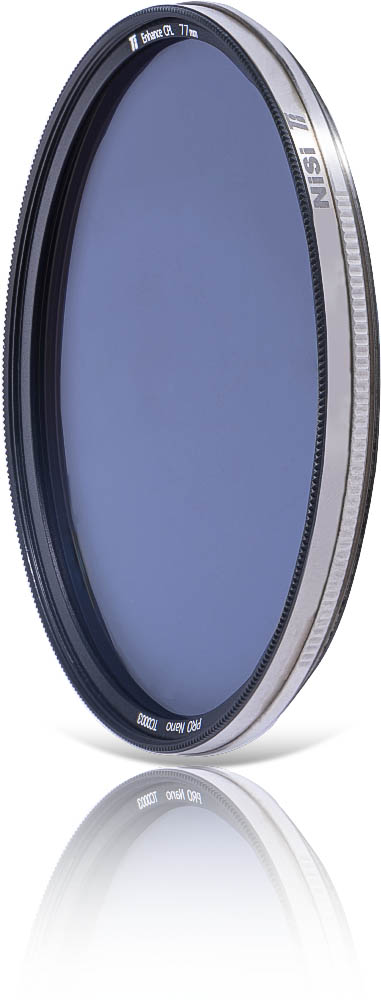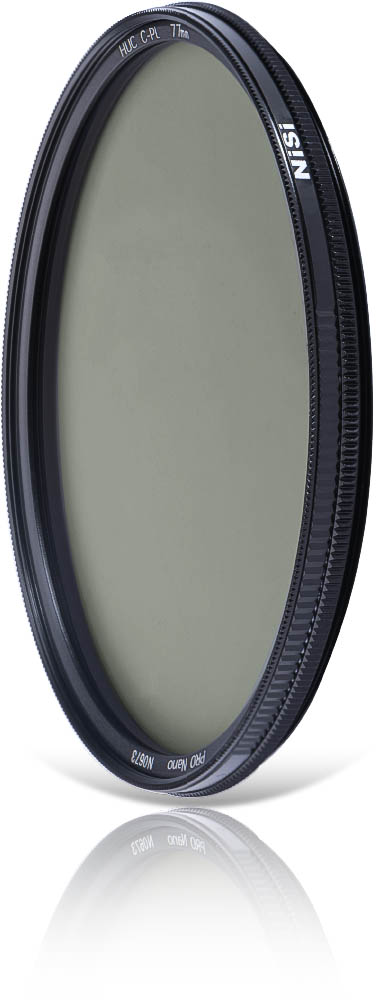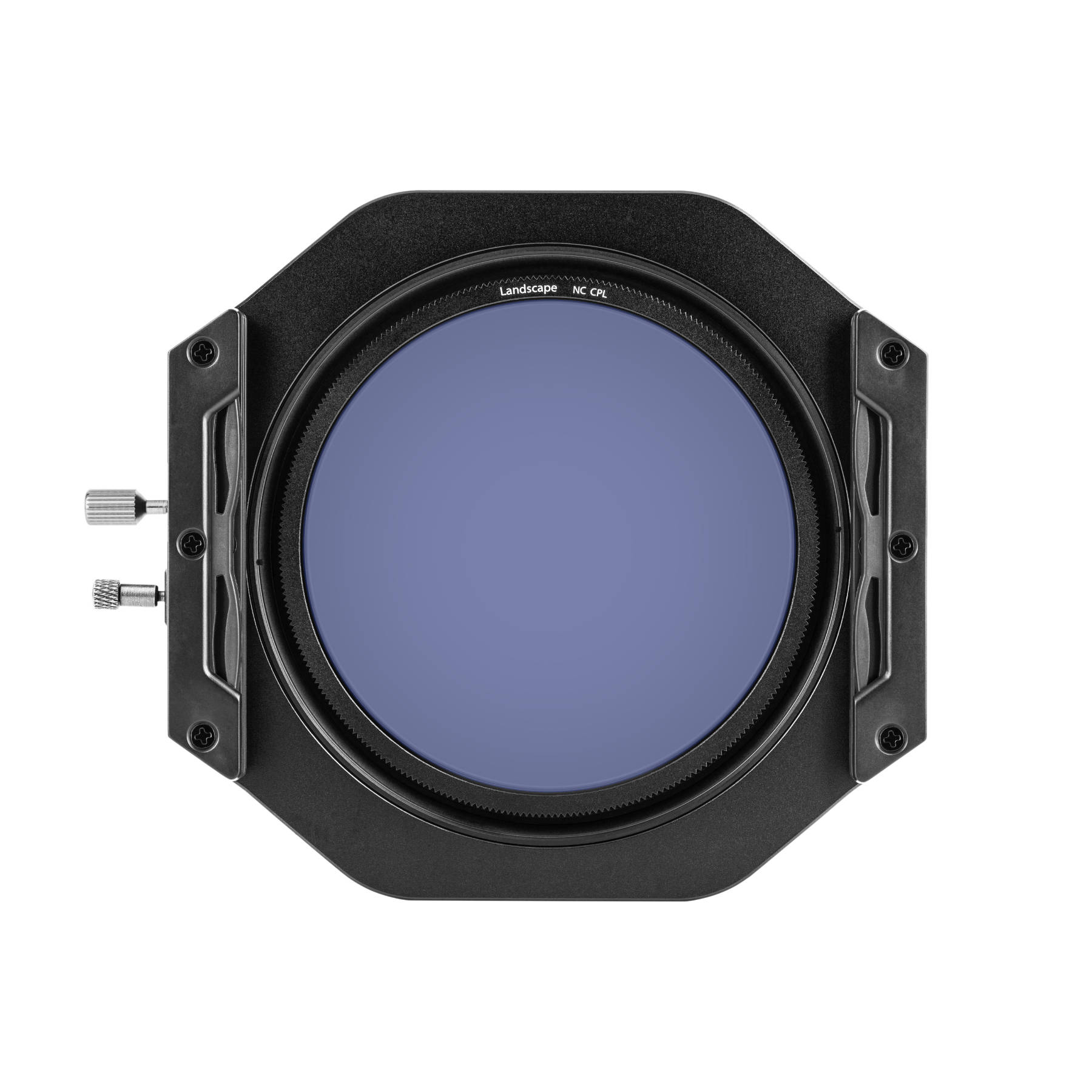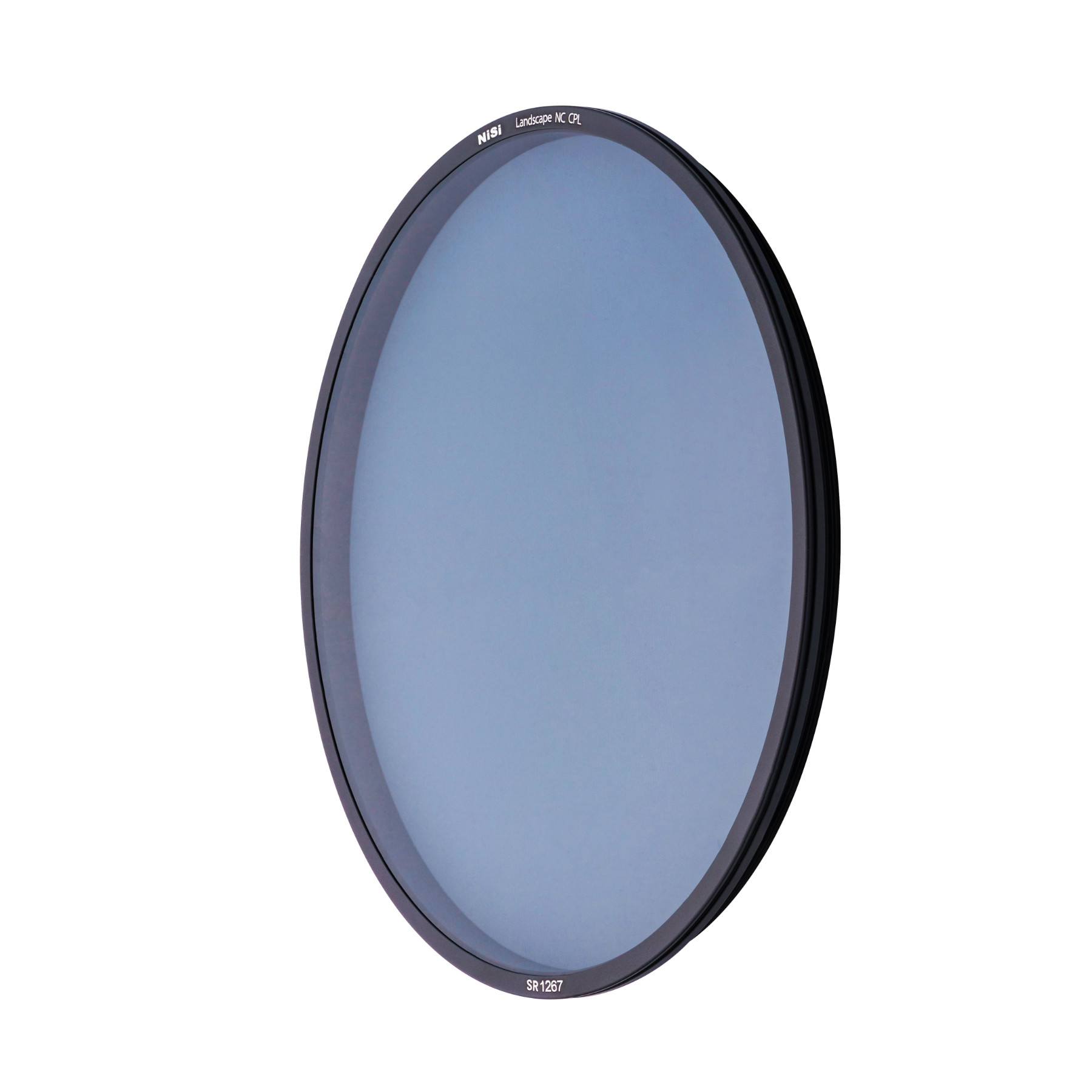In photography, polarized light can have a major impact on the quality of any scenes you are trying to capture. Polarised light is light that has been scattered and dispersed at varying angles due to moisture in the atmosphere, pollution or due to reflective surfaces. Essentially a circular polarizer has two individual elements – one of which can be rotated to only allow wavelengths of polarised light to enter the camera at a specific angle. The degree of rotation of the filter will impact which single angle of polarised light you will capture – with the aim of reducing the light reflecting off surfaces like water and glass, intensifying the blues of the sky and contrast and texture in clouds, increasing saturation and vibrancy of foliage and allowing your camera to capture what is under the surface of shallow water.
Circular polarising filters work best when the sun is at a 90-degree angle to the subject you wish to shoot, with varying degrees of impact depending on where exactly the sun is situated. When shooting directly into or perpendicular to the sun, or when the sun is positioned in front of and above the camera, a circular polarizer will have the least impact. By forming an “L” shape with your thumb and forefinger, and pointing your finger towards the sun, your thumb should point towards the directional plane where a circular polarizer will have the most benefit in your scene.
Circular polarisers in the NiSi product range are available for our square filter systems in 75mm, 100mm, and 150mm sizes, and in a variety of thread sizes from 46mm to 95mm as circular screw-on filters. In our square filter systems, the circular polariser sits within the lens adaptor behind the filter holder and can be rotated for maximum effect using the cogs built into the lens adaptor. All of our polarisers in our circular filter range have ultra-thin black frames ensuring no vignetting when using a single filter, and limiting the possibility of reflections from the metal frame itself.
Use a circular polarizer to intensify blue skies and add contrast to clouds
Using a circular polarising filter can intensify the blue colors of the sky by cutting out the haze and light-reflecting at various angles through moisture and other elements of the atmosphere. During the middle of the day when the sun is higher in the sky, a circular polarizer will have the most impact on blues in the sky directly above the horizon (remembering polarising filters work best at a 90-degree angle to the direction of the sun).
When the sun is lower in the sky in the early morning or late afternoon, the polarising effect is less noticeable at horizon level and can lead to uneven polarization seen as graduation or variation in the intensity and saturation of the blues – possible leading to darker, patchier parts of the sky to appear in some parts of your images. This is more apparent when using ultra-wide angle lenses or when the sun is at an angle to the side of the camera.
When used correctly, circular polarizers will provide more contrast between the sky and the clouds, or clouds above a body of water, making clouds seem as if they pop out of your images. Even with a grey cloudy sky, using a circular polarizing filter can increase contrast and texture in different areas of the sky, creating a moodier impact on the scene.
Use a circular polarizer to remove reflections from water and other surfaces
One of the main reasons photographers use circular polarizers is to reduce reflected light from the surface of the water, glass, wet rocks, and other shiny surfaces. By rotating the polarizer for maximum effect, you will only be allowing light reflecting from certain angles to enter the camera and hit the sensor. This can allow you to see into shallow water, see straight through glass that has reflections behind it.
Reflections caused by water on surfaces like sand, grass, leaves or other foliage and rocks can also be reduced with a CPL. This can have a huge positive benefit on scenes like waterfalls, images captured early in the morning or after rain when there is water on the ground or other surfaces.
With CPL
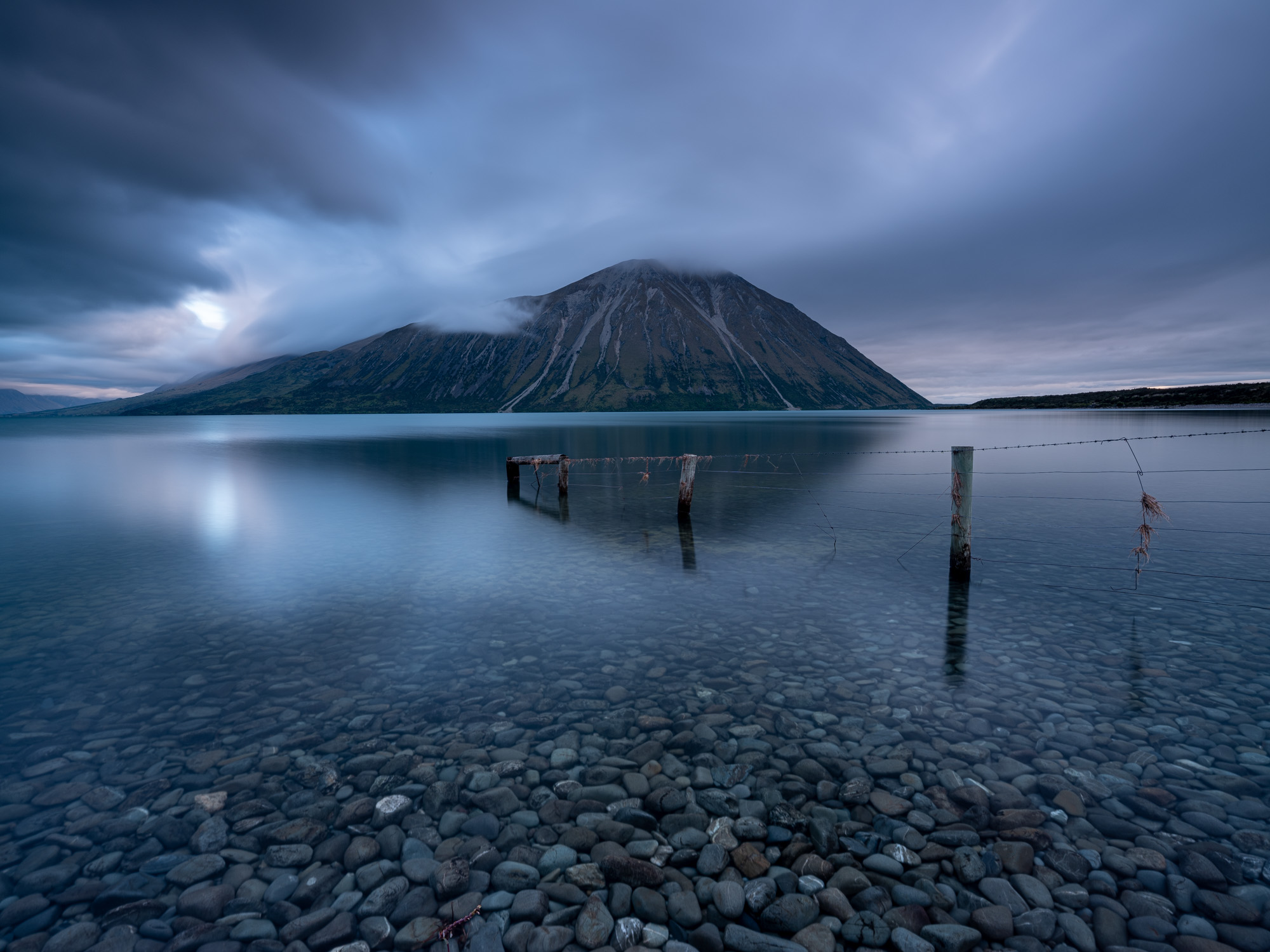
Without CPL
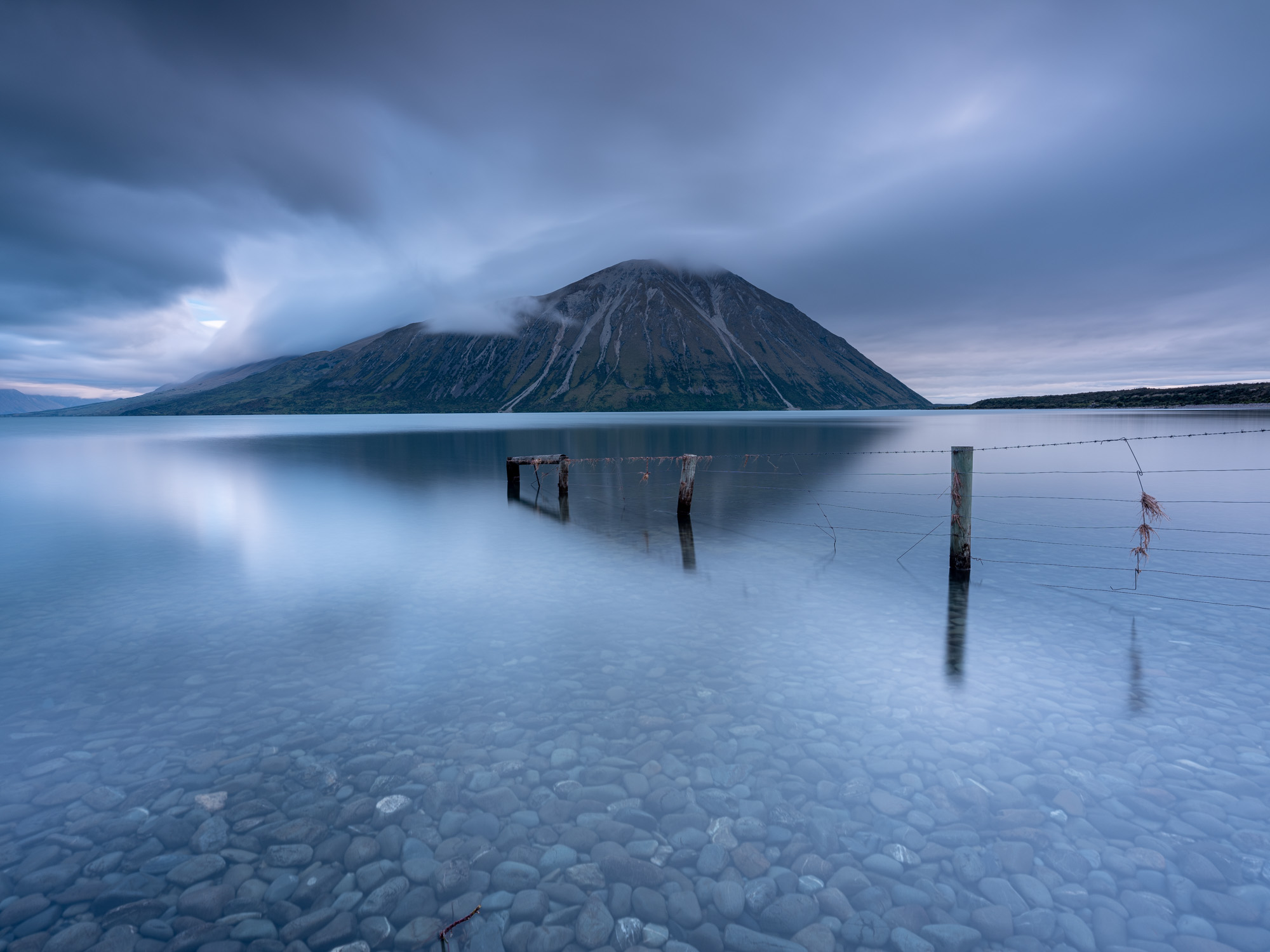
Use a circular polarizer to saturate foliage colors
When light reflects through the atmosphere and off the surfaces present in any landscape scene, the dispersion of light can cause leaves, grass and other foliage to lose some of its color intensity when a camera captures it – therefore potentially decreasing the natural saturation and vibrancy of greens and yellows. By using a circular polarizer to capture the wavelengths of light in a singular angle, you can maximize the natural color saturation bringing vibrancy back to foliage.
Circular polarizers are perfect for forest scenes where there is a lot of green foliage like moss, ferns, and trees. These types of scenes tend to have a lot of water on various surfaces, and light bouncing around in all directions as it reflects off the moisture.
With CPL
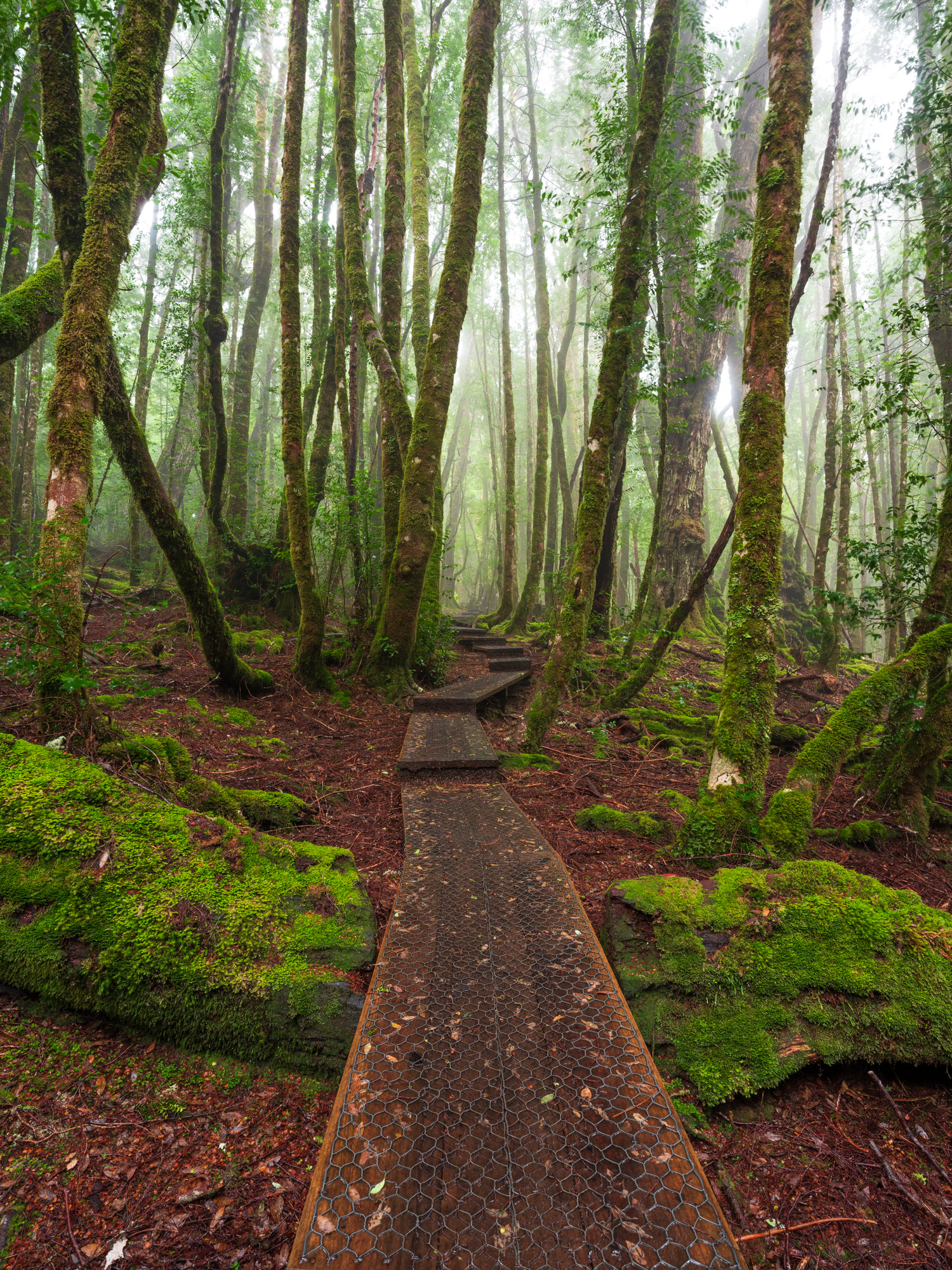
Without CPL
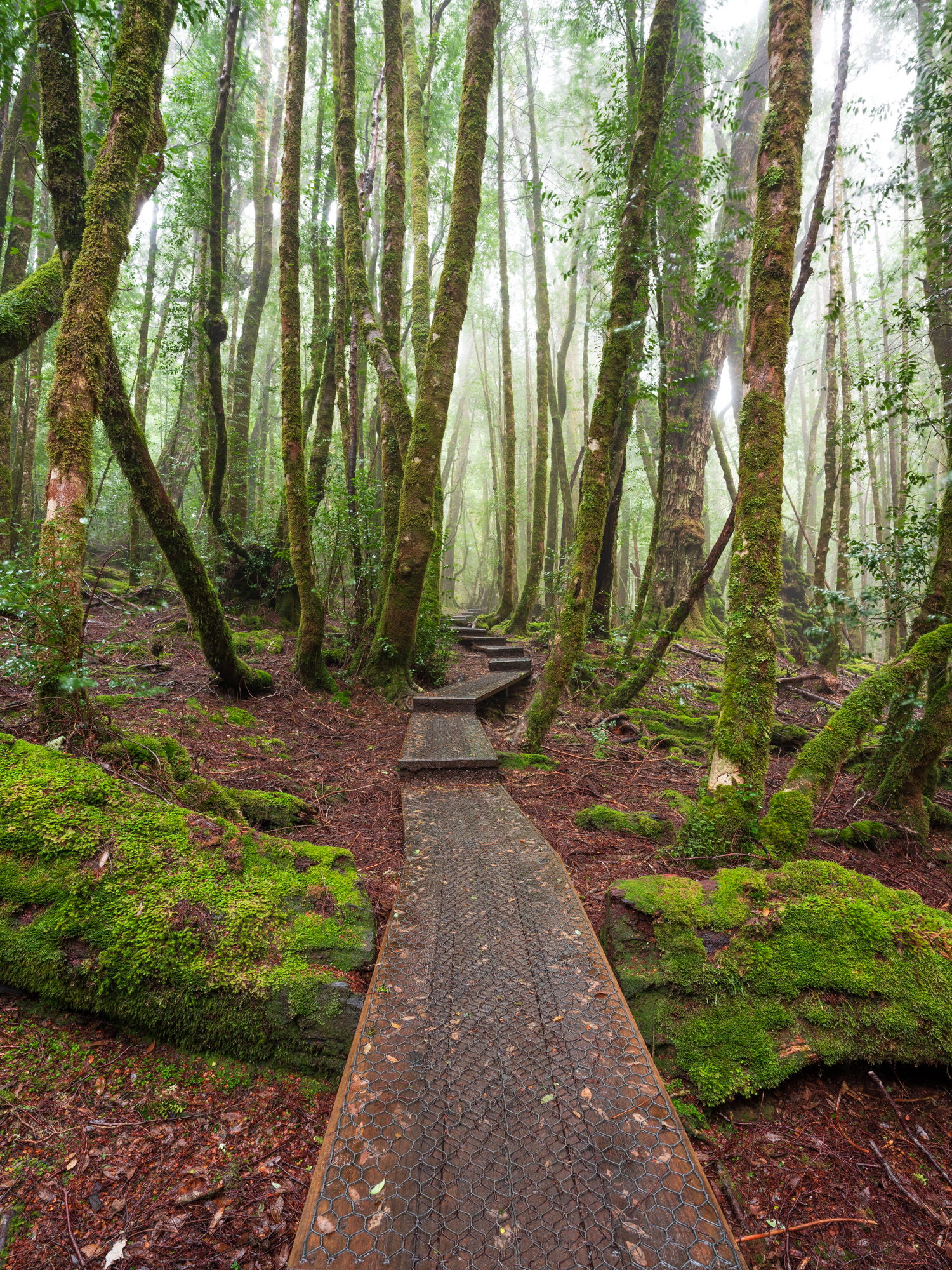
Advantages of using a circular polarizer
The increased color vibrancy and saturation – When using a circular polariser correctly colors in the sky, foliage and other areas of your scene should appear more saturated and vibrant. This is particularly so with the blues of the sky and green foliage.
Reduced reflections – Reflected light coming at varying angles from water, glass and other surfaces can be removed with a CPL. By rotating the polariser to the opposite direction, the reflections can be added to the scene if that is your desired result. By using a circular polariser correctly you may be able to see through glass windows and other glass objects that are reflecting light.
See into shallow water – Using a circular polarizer can allow you to see into shallow water and capture details of objects beneath the surface.
Slow down your shutter speed – Shooting longer exposures and silky smooth water is possible by just using a NiSi CPL in certain situations due to the fact it reduces light by around 1 – 1.5 stops.
Disadvantages of using a circular polarizer
Uneven polarisation can occur – A circular polarizer works best when the sun is at a 90-degree angle above or behind the camera. If the direction of the light is coming from the sides, or in front of the camera, uneven polarisation and noticeable graduation and patchiness in the color of the sky can occur.
Ultra-wide angle lenses are not best used with circular polarisers – Shooting with ultra-wide angle lenses can also cause uneven polarisation when shooting perpendicular to the angle of the light. You will notice less of this color variation in the sky when using mid-range or telephoto lenses.
Circular polarisers reduce the available light – Depending on the brand and quality of circular polariser being used, you may see a reduction of light between 1 to 3 stops. This means you may need to increase your exposure time, ISO or shutter speed to compensate for this variation. Our NiSi circular polariser range will reduce the light by 1 – 1.5 stops of light.
